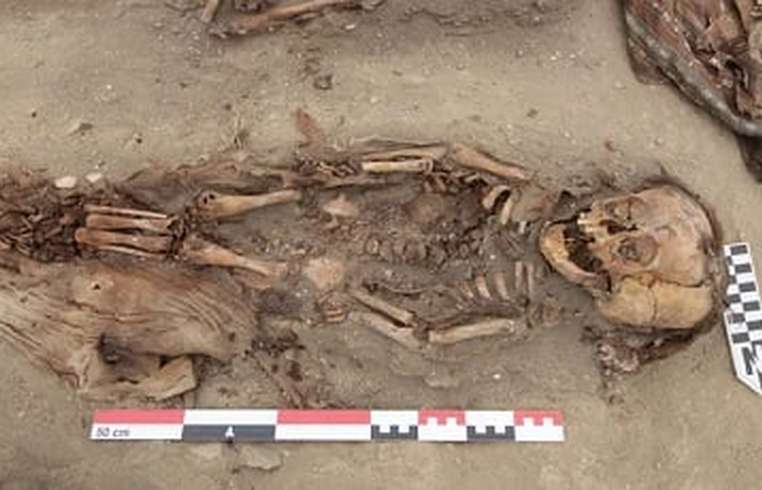
News - Archaeologists in Peru discover skeletons of Inca kids who died of smallpox brought by Europeans 500 years ago
Business Strategy
Archaeologists in Peru discover skeletons of Inca kids who died of smallpox brought by Europeans 500 years ago

Recent archaeological excavations at Huanchaco, a small fishing town on the northwest coast of Peru, revealed a cemetery associated with a colonial church that was one of the earliest in the region, built by the Spanish between 1535 and 1540, reports Live Science. The 120 burials that represent the early-colonial population there reflect the initial cultural changes of colonialism around 1540, with reed crosses and European-introduced glass beads included in the graves of Indigenous people. But defects seen on the bones of two children buried in the Huanchaco church cemetery showcase another major effect of colonization: the introduction of the novel disease smallpox to a population that had never experienced it, according to a new study in the June issue of the International Journal of Paleopathology. Smallpox, which is caused by the variola virus, was a well-known cause of death in the contact-era Americas. It likely arrived in northwest Peru with Francisco Pizarro and his soldiers in the late 1530s, resulting in the loss of about 70% of the native Inca population by 1620, according to the study. But because historical information about the early years of European contact in this area is limited, archaeological work is important for understanding the Indigenous people's responses to colonization. Of the 120 early-colonial burials found at Huanchaco, 90 (or 75%) were of children, and most of those (60 individuals, or 67%) were 5 years old or younger. These high numbers in children, one of the most vulnerable segments of the population because of their developing immune systems, are strongly suggestive of the presence of a novel disease, the researchers noted in their study.






